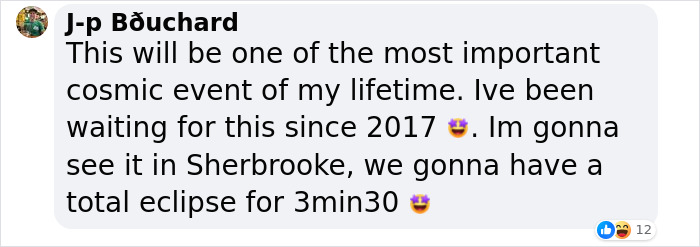The third major solar eclipse within 8 years is coming up and the entire world is holding its breath patiently waiting for the most magical event of a lifetime.
The 8th of April is almost here and NASA is promising that the eclipse in 2024 should be even more exciting due to differences in the path, timing, and scientific research.
More info: NASA
On April 8, the Moon’s shadow will sweep across the United States as millions will watch the 3rd total solar eclipse
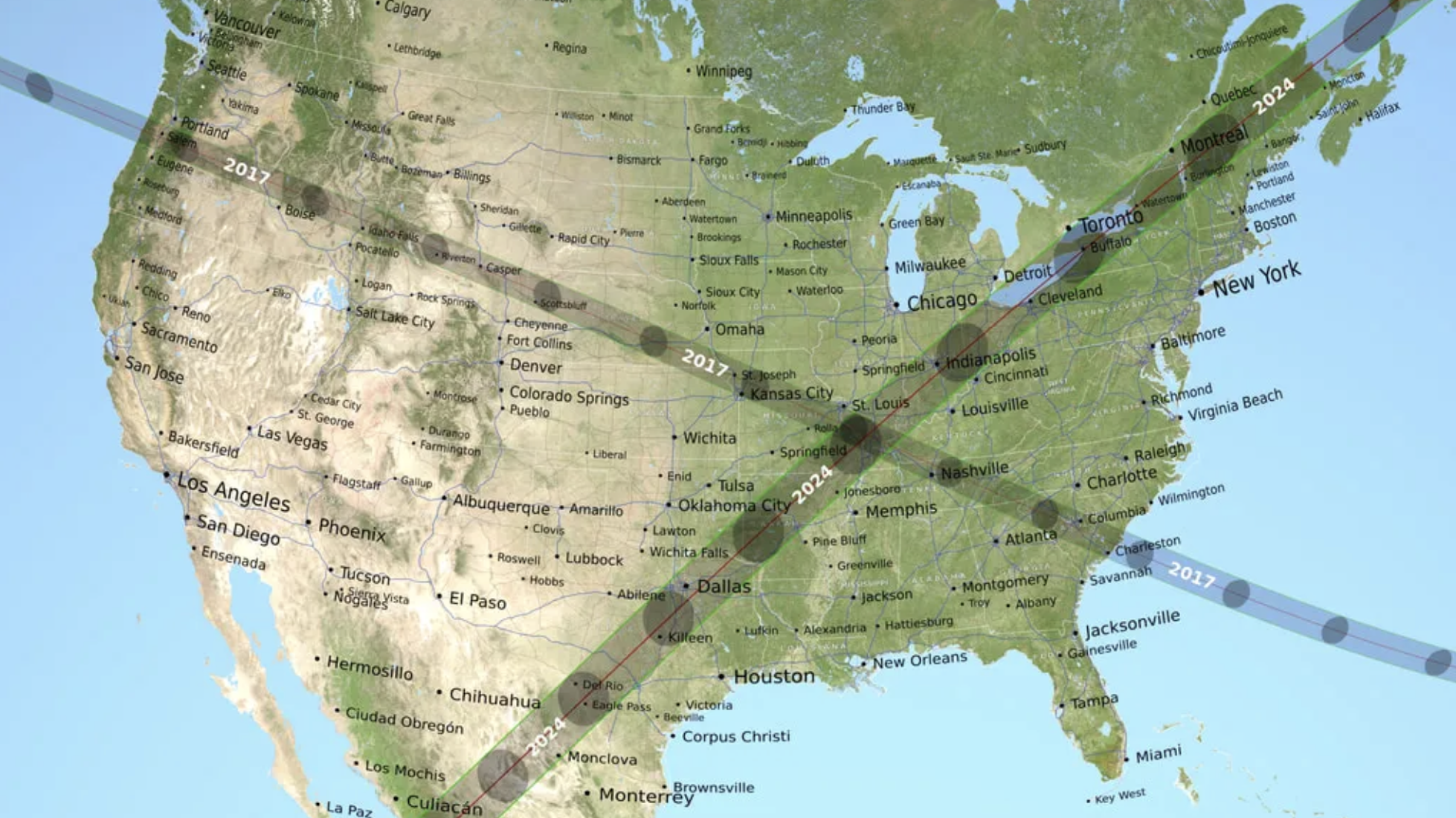
Image credits: NASA
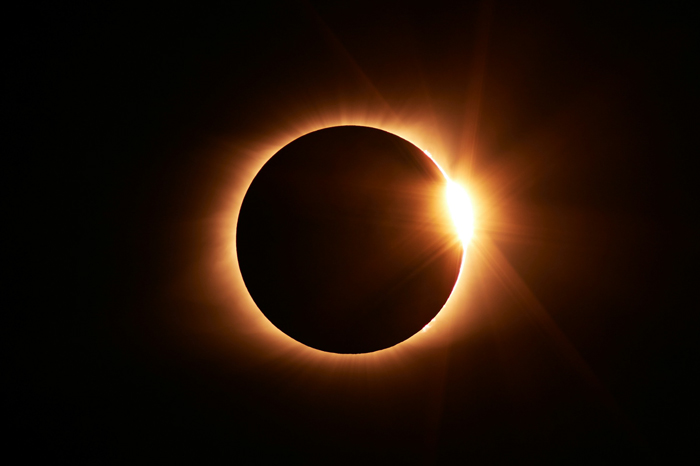
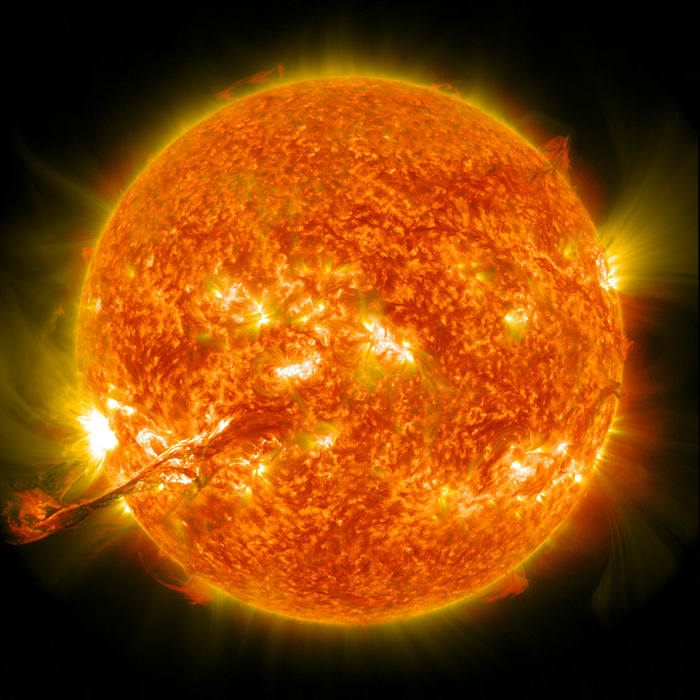
I guess not everyone knows what exactly the solar eclipse is, so here’s some explanation.
Solar eclipses are natural phenomena that occur when the Earth, the Moon and the Sun are aligned. Depending on how they align, eclipses provide a unique, exciting view of either the Sun or the Moon.
When the Moon passes between the Sun and Earth, it casts a shadow on Earth that either fully or partially blocks the Sun’s light in some areas. This only can happen occasionally, because the Moon doesn’t orbit in the exact same plane as the Sun and Earth do. The time when they are aligned is known as eclipse season, which happens twice a year.
NASA marks out 4 types of solar eclipse:
- Total solar eclipse – when the Moon passes between the Earth And Sun and completely blocks the light of the sun. It’s the only type of solar eclipse where people can for a moment remove their protective eclipse glasses. If the weather conditions are good, it’s possible to see the Sun’s corona – the outer atmosphere which is usually obscured by the bright light of the Sun.
- Annular solar eclipse – when the Moon passes between the Earth And Sun and is at or near its farthest point from Earth. In this case, the Moon appears smaller than the Sun and doesn’t completely hide the Sun.
- Partial solar eclipse – when the Moon passes between the Earth and Sun but they are not perfectly aligned. In this case, only part of the Sun will appear hidden.
- Hybrid solar eclipse – due to curved surface of the Earth, sometimes an eclipse can shift between annular and total while the Moon’s shadow is moving across the globe.
A solar eclipse is when the Moon passes between the Sun and Earth, casting a shadow over parts of Earth and in this way blocking the Sun for observers in those places
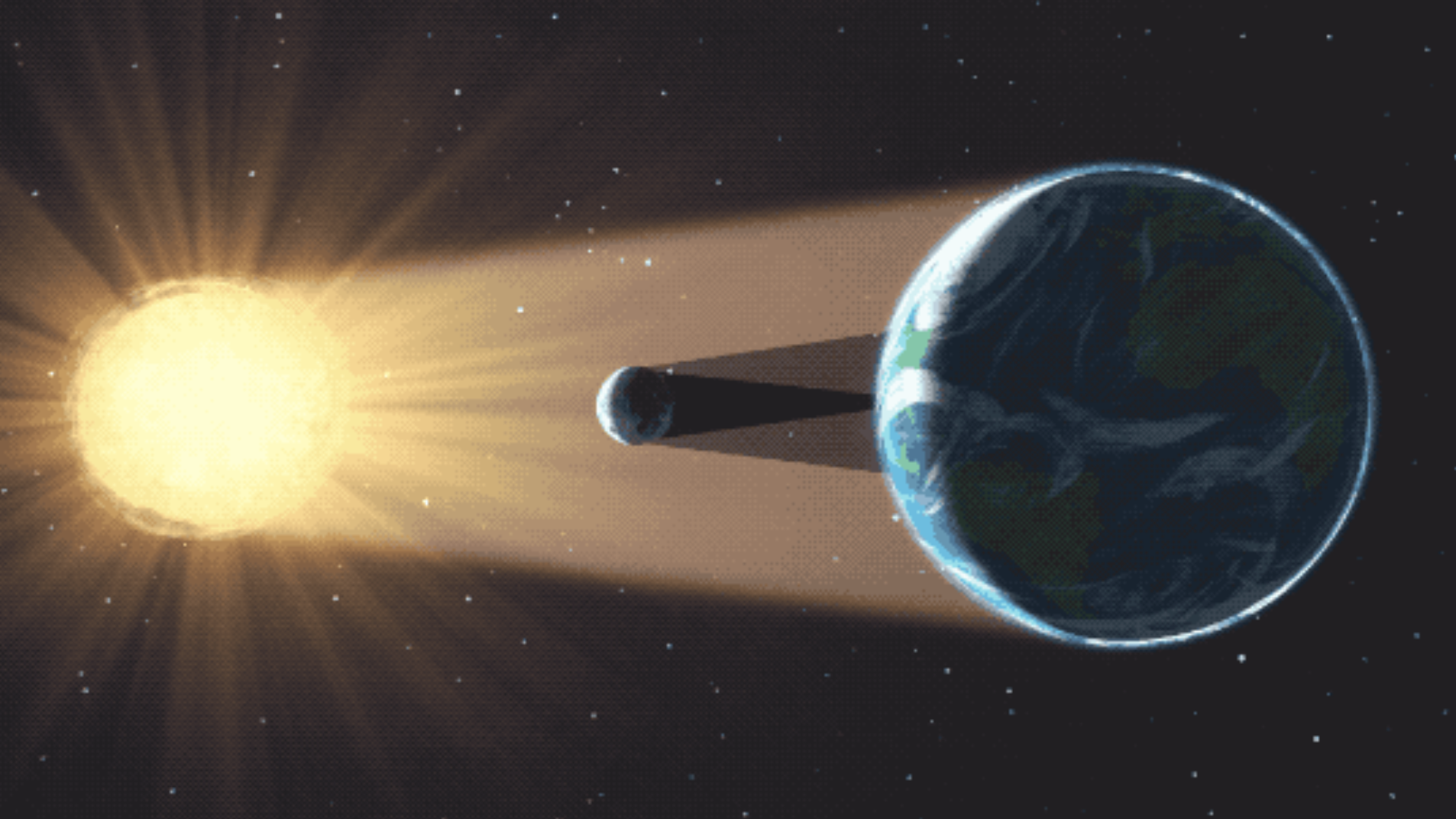
Image credits: NASA

Image credits: NASA
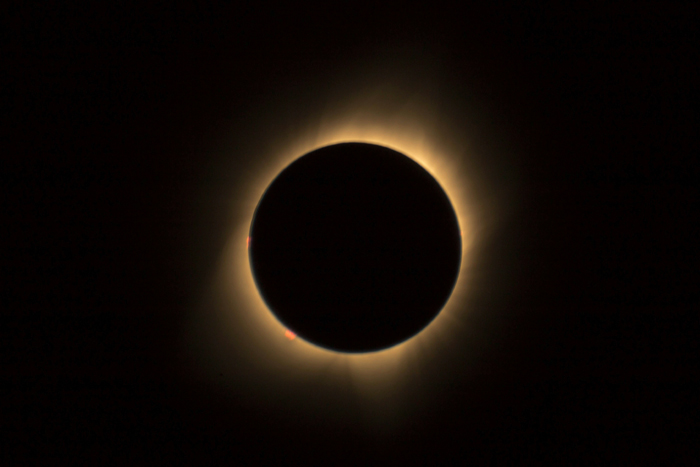
Image credits: Drew Rae
The oldest recorded eclipse in human history was on a clay tablet found at Ugarit, in modern Syria, with two plausible dates usually cited: 3 May 1375 BC or 5 March 1223 BC. There have been other claims to date earlier eclipses and one of such could be witnessed by archaeologist Bruce Masse, who may have linked an eclipse that occurred on May 10, 2807, BC with a possible meteor impact in the Indian Ocean on the basis of several ancient flood myths that mentioned a total solar eclipse.
Of course, the celestial event for centuries was also covered in myths. For instance, in ancient China, it was commonly thought that solar eclipses occurred when a celestial dragon attacked and devoured the Sun. To frighten away the dragon and save the Sun, people would bang drums and make loud noises during an eclipse. According to the legend in ancient Hindu mythology, a cunning demon named Rahu is beheaded by the gods for capturing and drinking Amrita, the gods’ nectar. Rahu’s immortal head flies off into the sky and swallows the Sun, causing an eclipse, yet the Sun quickly reappears, as Rahu has no throat. The ancient Greeks believed that a solar eclipse was a sign of angry gods and that it was the beginning of disasters and destruction.
Very commonly, in different cultures all around the world, people would also gather together and make loud noises during an eclipse. They believed in this way, they would scare the demon trying to steal the Sun.
Nowadays, lots of people still associate the solar eclipse with evil omens that bring death, destruction, and disasters.
I guess this year there’s some truth in it, because, according to NASA, when people will be experiencing the total solar eclipse, a rare and massive comet with the nickname “devil comet” will pass by Earth for the first time in 71 years!
The 3rd major solar eclipse after 8 years will be aligned with a rare comet passing by Earth
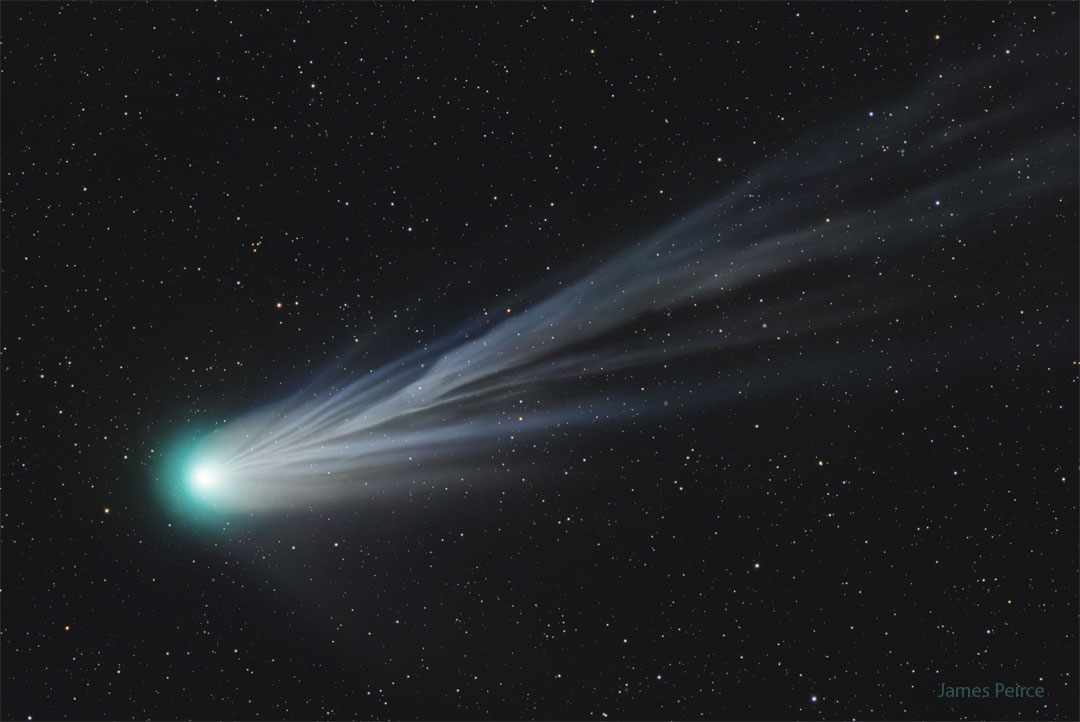
Image credits: NASA
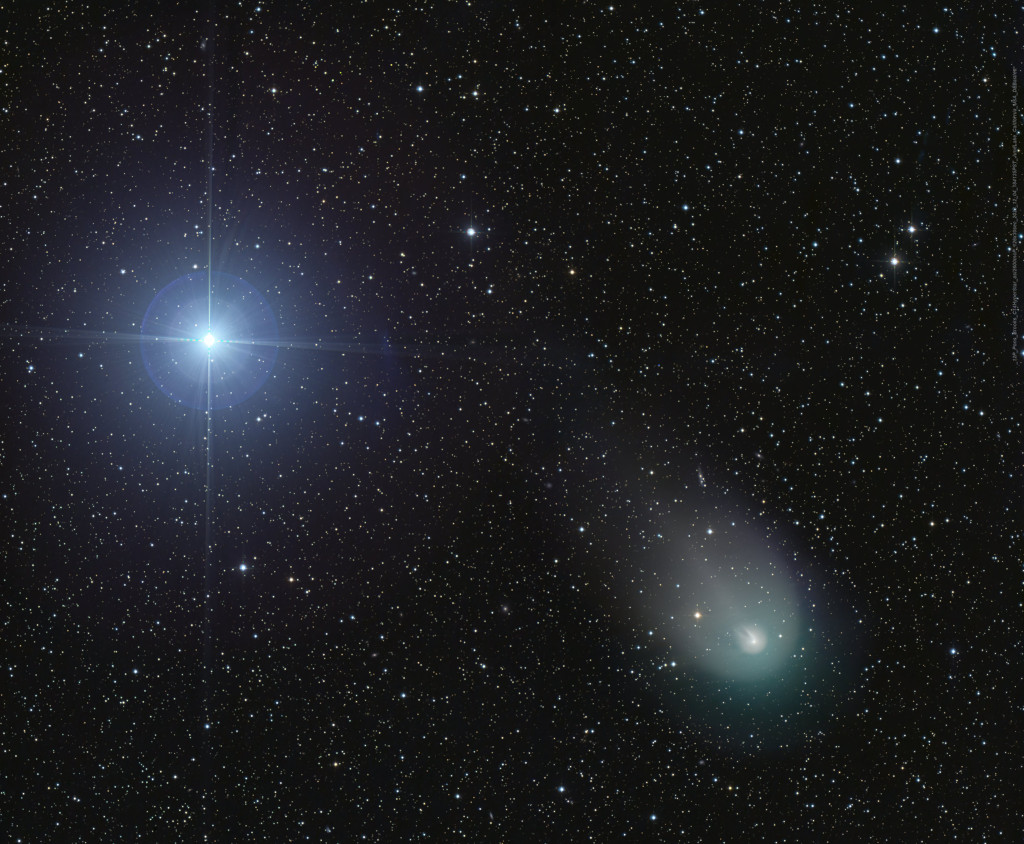
Image credits: NASA
Officially named 12P/Pons-Brooks, the comet got its evil name due to its formation of two “horns” made up of ice, gas and periodic explosions. The light blue stream seen in the photo is the ion tail which consists of charged molecules pushed away from the comet’s nucleus by the solar wind. The ion tail is shaped by the Sun’s wind and the comet’s core’s rotation and always points away from the Sun.
According to American Astronomical Society scientists, the devil comet has a diameter of at least 17 km and will make its closest pass of the Sun on April 21 and of Earth on June 2.
As mentioned by Dr. Paul Chodas, manager of the Center for Near-Earth Object Studies, and Davide Farnocchia, navigation engineer at NASA’s Jet Propulsion Laboratory in Pasadena, California, the comet will be located about 25 degrees away from the eclipsed sun. “The comet should be fairly easy to find during the total solar eclipse, as well as a number of planets,” added researchers.
Dr. Dave Schleicher, astronomer at Lowell Observatory in Arizona, is also fascinated by the rare comet, yet recommends on April 8 to be focused on the total solar eclipse: “In all my years, I’ve seen a lot of comets. I’ve only seen two total eclipses, and this will be No. 3. The first one I saw was back in 1991, from Baja. And that was just extraordinary. I remember realizing, no wonder this is considered the most magnificent sight in the heavens that any person on Earth can see. Get onto the path and see it in totality. You don’t understand it until you’ve seen one.”
The 2024 total solar eclipse is going to be more interesting due to differences in path, timing and scientific research
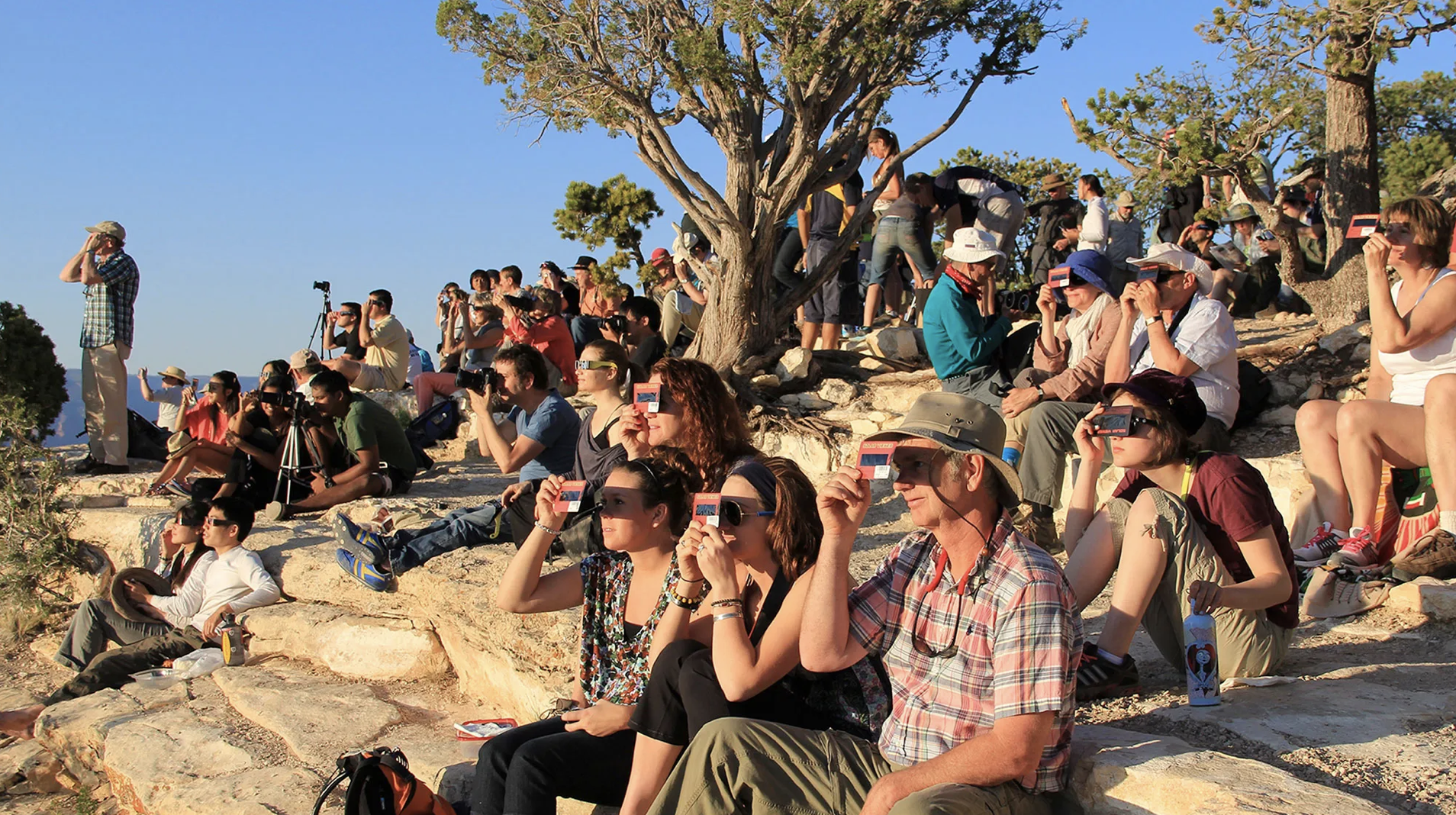
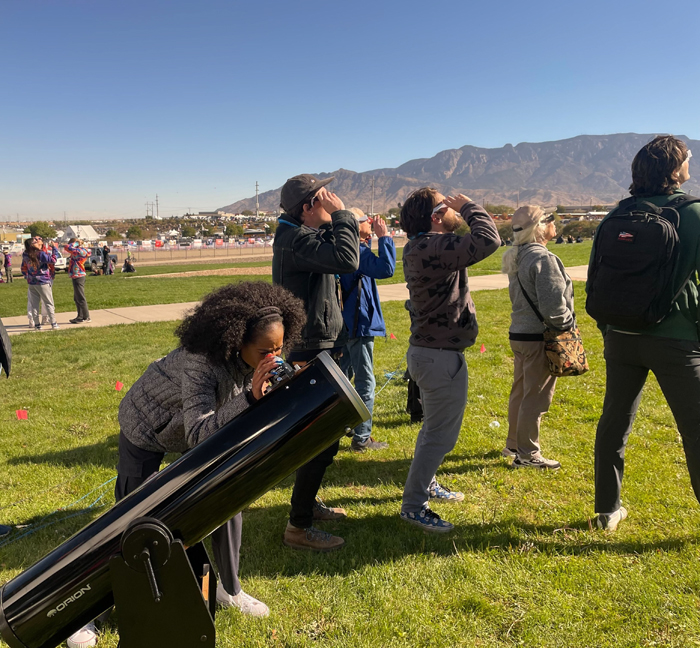
NASA will be livestreaming the 2024 solar eclipse from several sites along the path of totality
Image credits: NASA
According to The Guinness World Records, the recent longest total solar eclipse occurred on 20 June in 1955, west of the Philippines, and was 7 min 8 sec. In 2017, sky-gazers could enjoy the solar eclipse for 2 min and 42 sec near Carbondale, Illinois, and this year, an area about 25 min northwest of Torreón, Mexico, will offer the longest totality at 4 min and 28 sec.
Something else that makes this 2024 eclipse unique is the timing: the sun is on an 11-year cycle and at the solar minimum, solar flares and other eruptions are least active, but during the April eclipse, it will be near the peak, or solar maximum.
NASA also noted that there are more interesting things to spot, such as Shadow Bands – rapidly moving, long, dark bands with white spaces in between that can be seen on the sides of buildings or the ground just before and after totality, Baily’s Beads – light rays from the sun streaming through the valleys along the moon’s horizon, and a Diamond Ring – Baily’s Beads will begin to disappear until only a single bright spot will remain along the edge of the moon. This bright spot resembles a diamond in a giant ring formed by the rest of the sun’s atmosphere.
The eclipse of 2024 definitely sounds like a once-in-a-lifetime experience to chase – just don’t forget to protect your eyes. More information about it and the best places to watch the remarkable sky event can be found on NASA’s eclipse website.
People shared their excitement on the internet about the once-in-a-lifetime sky event
